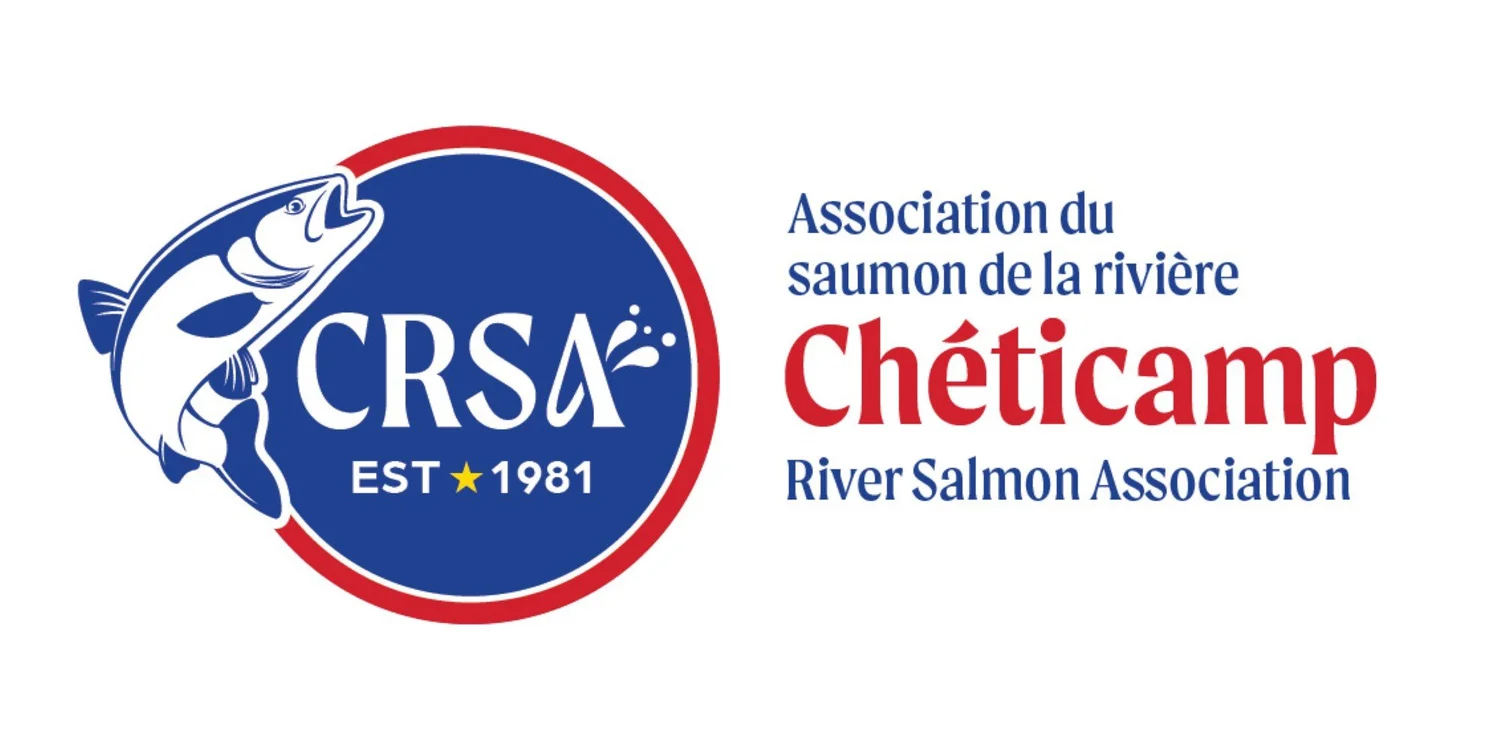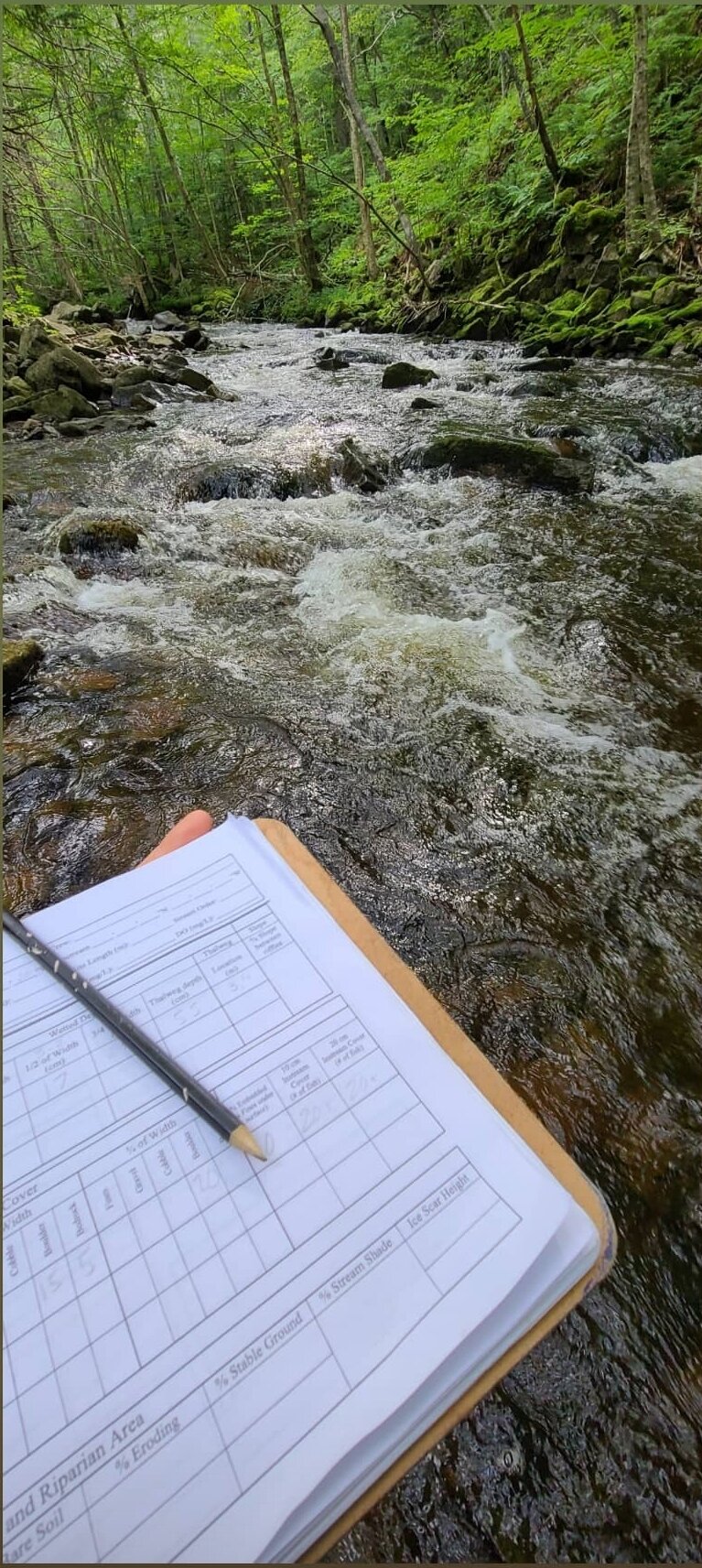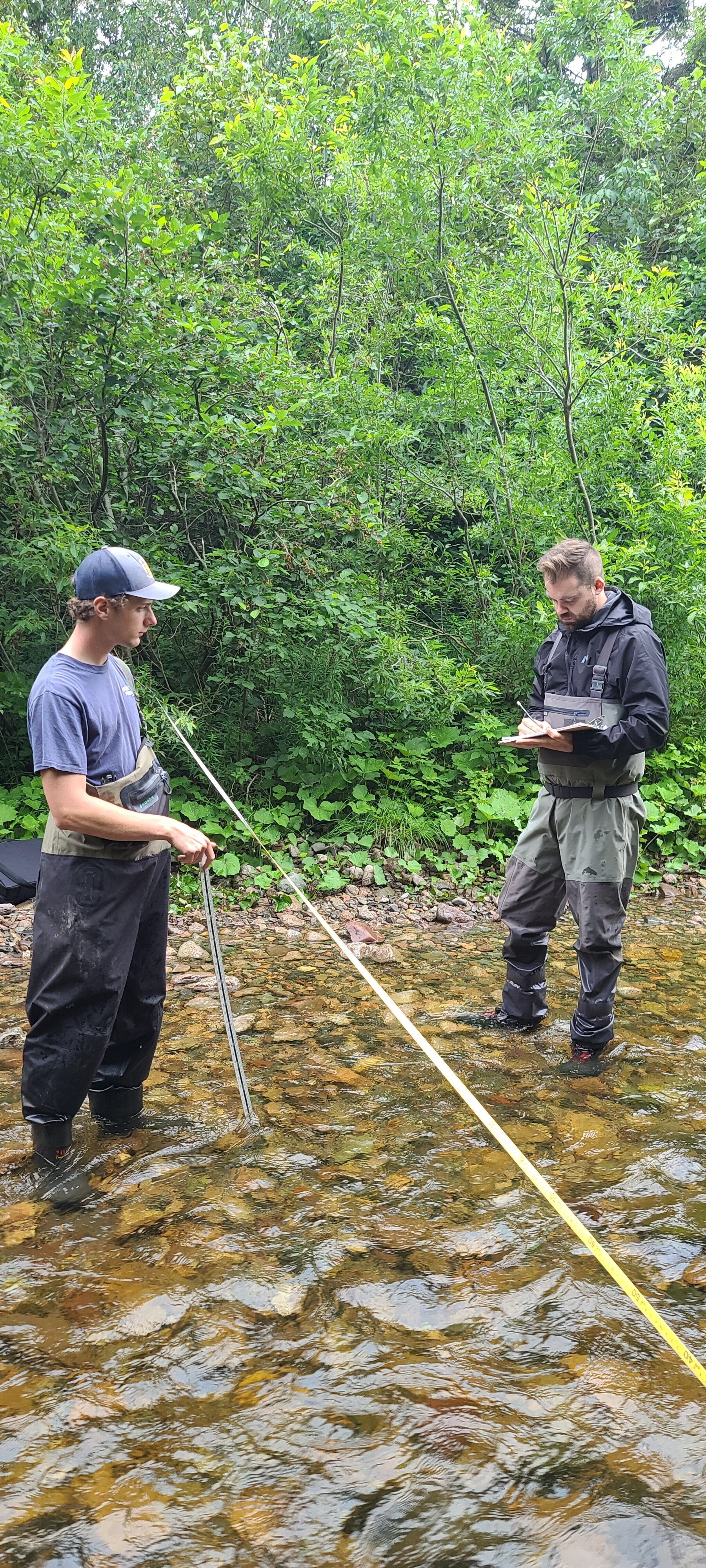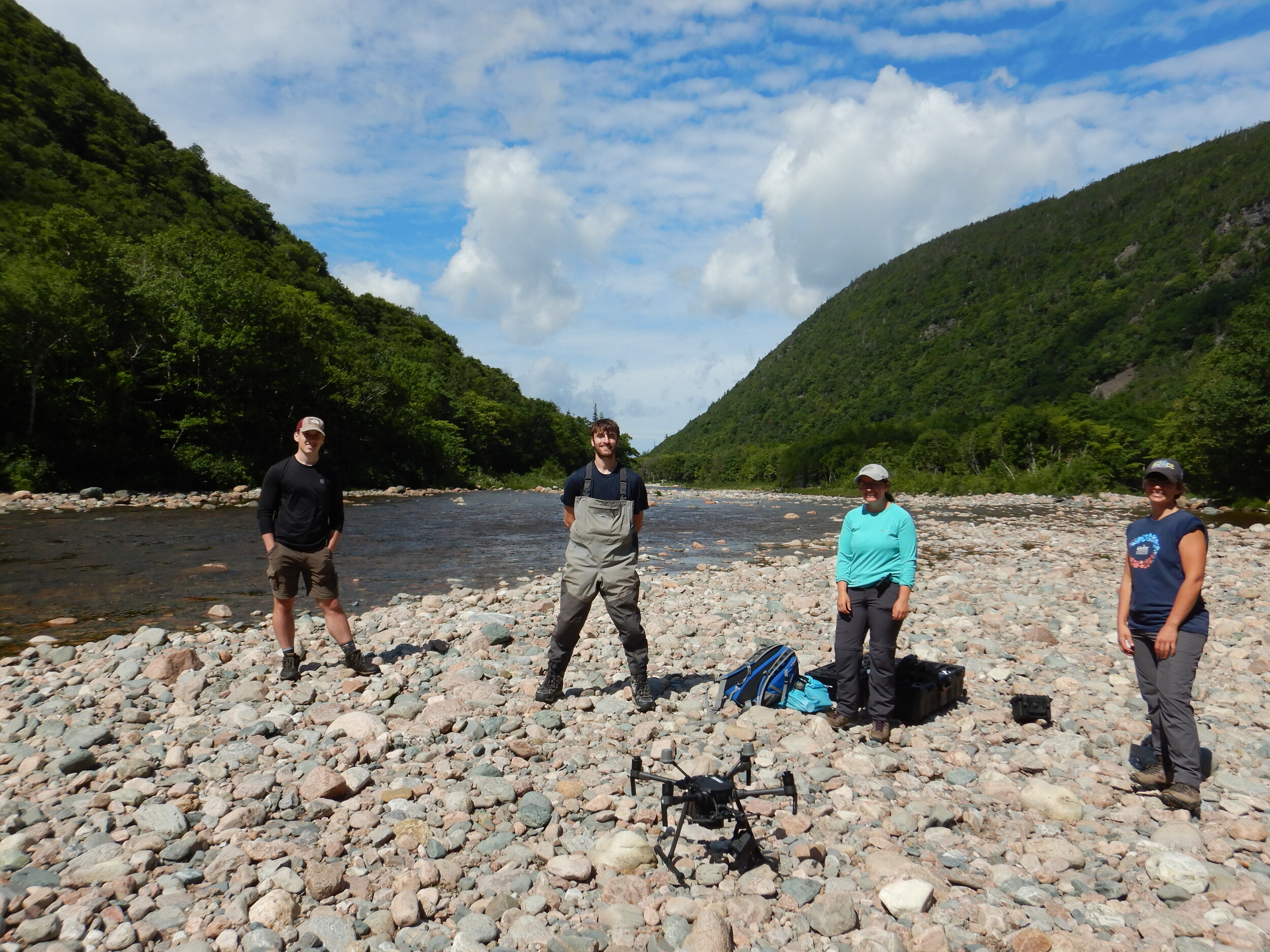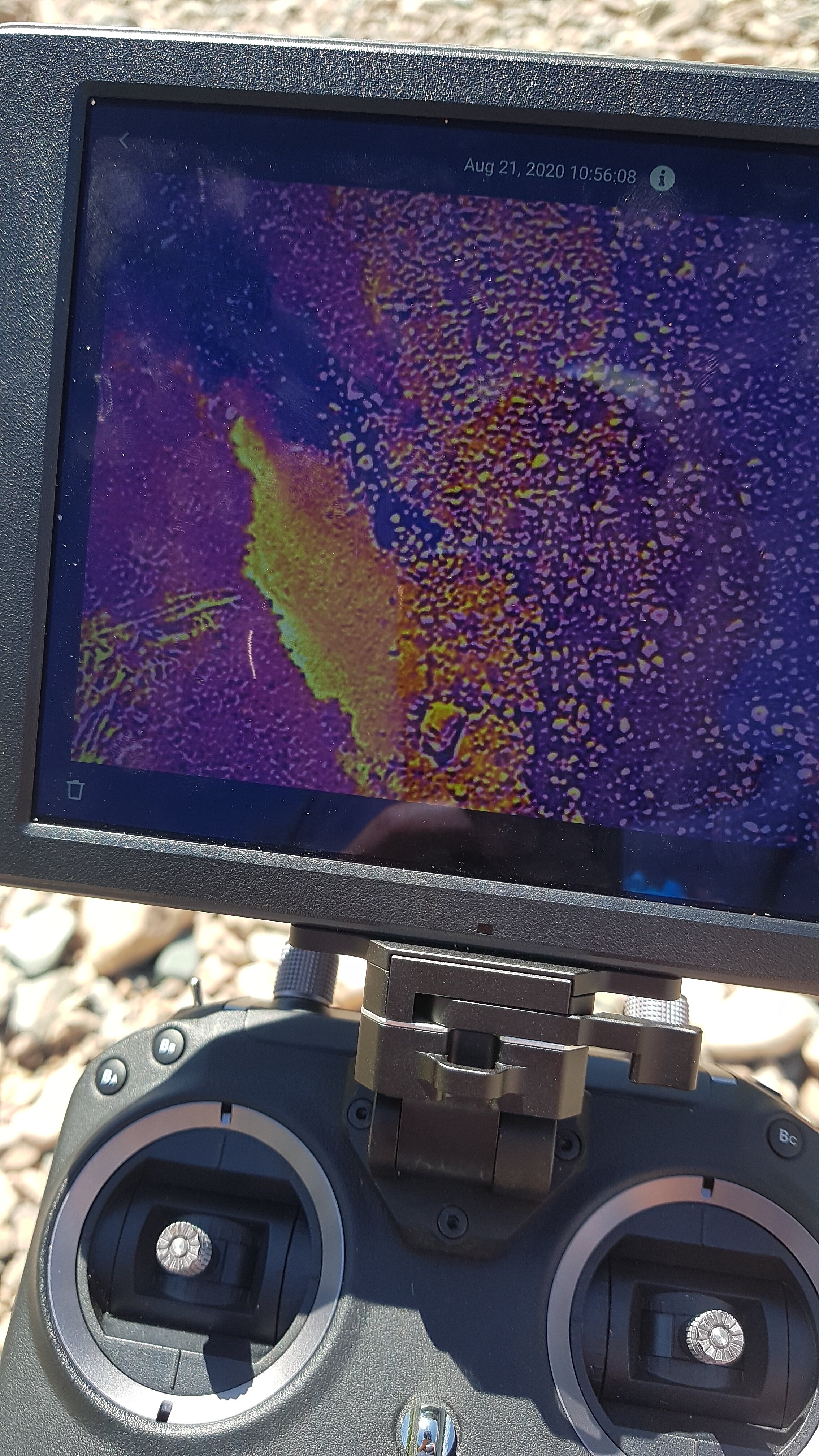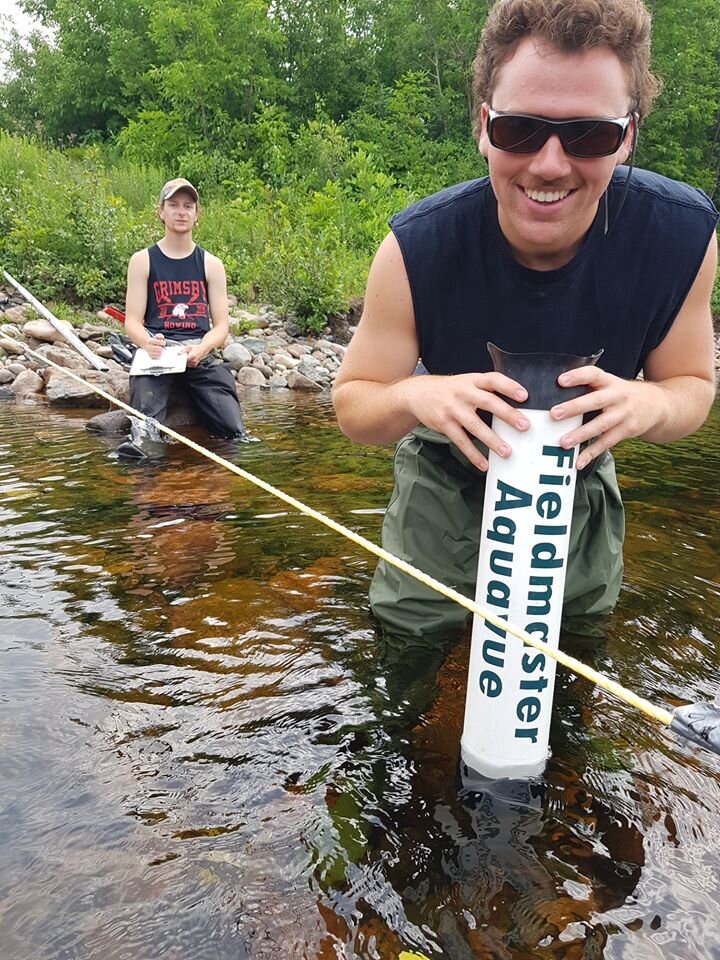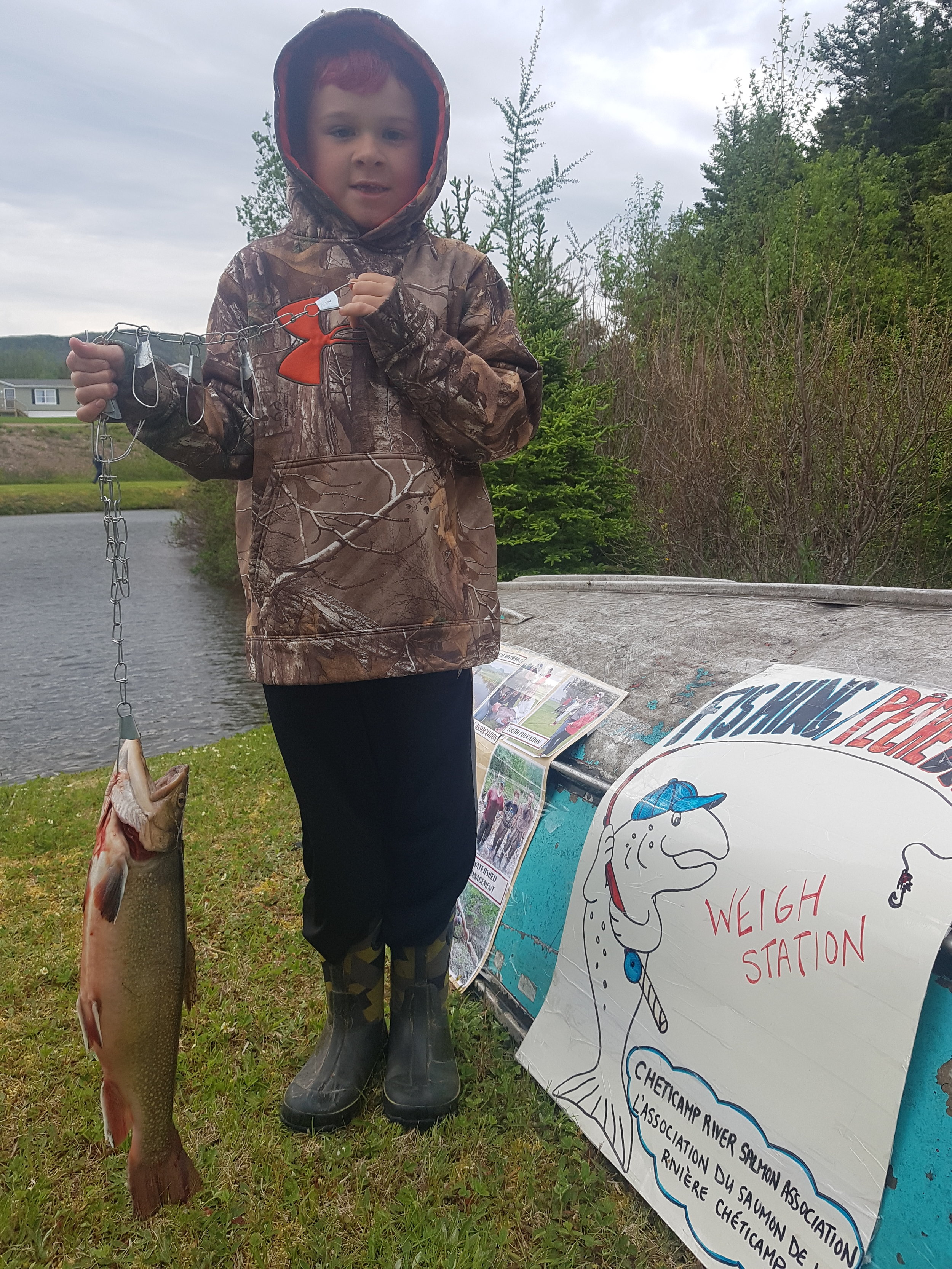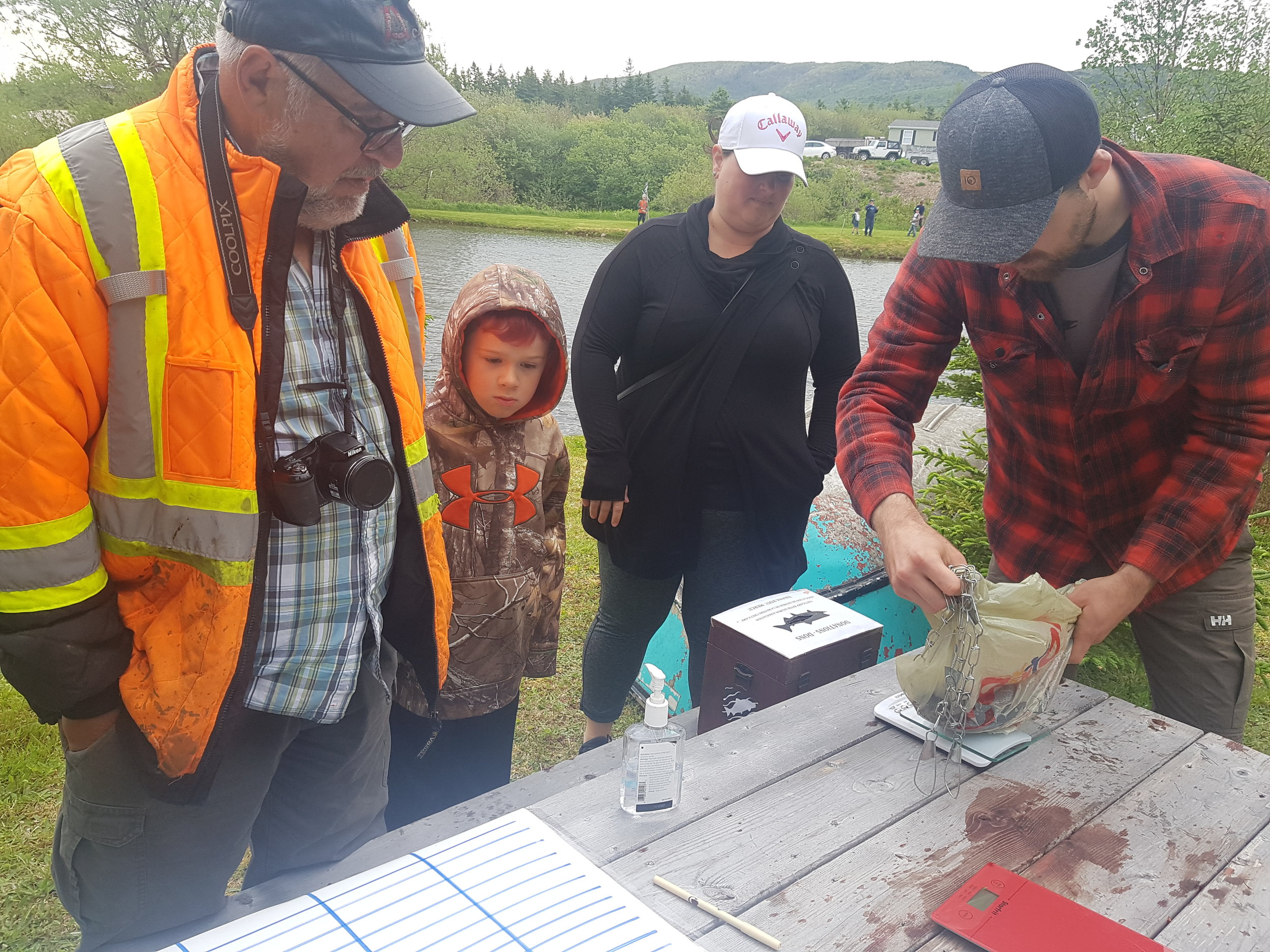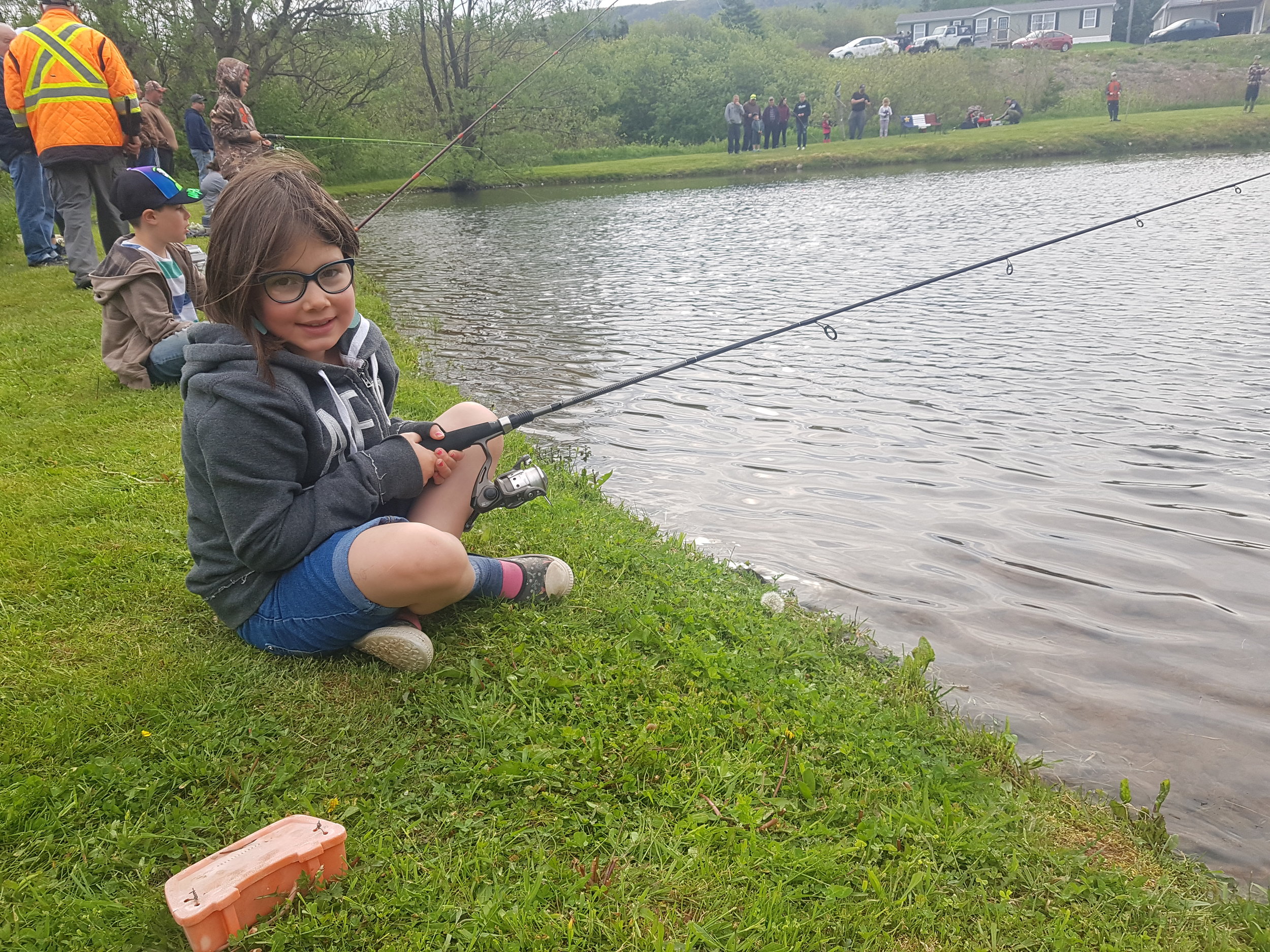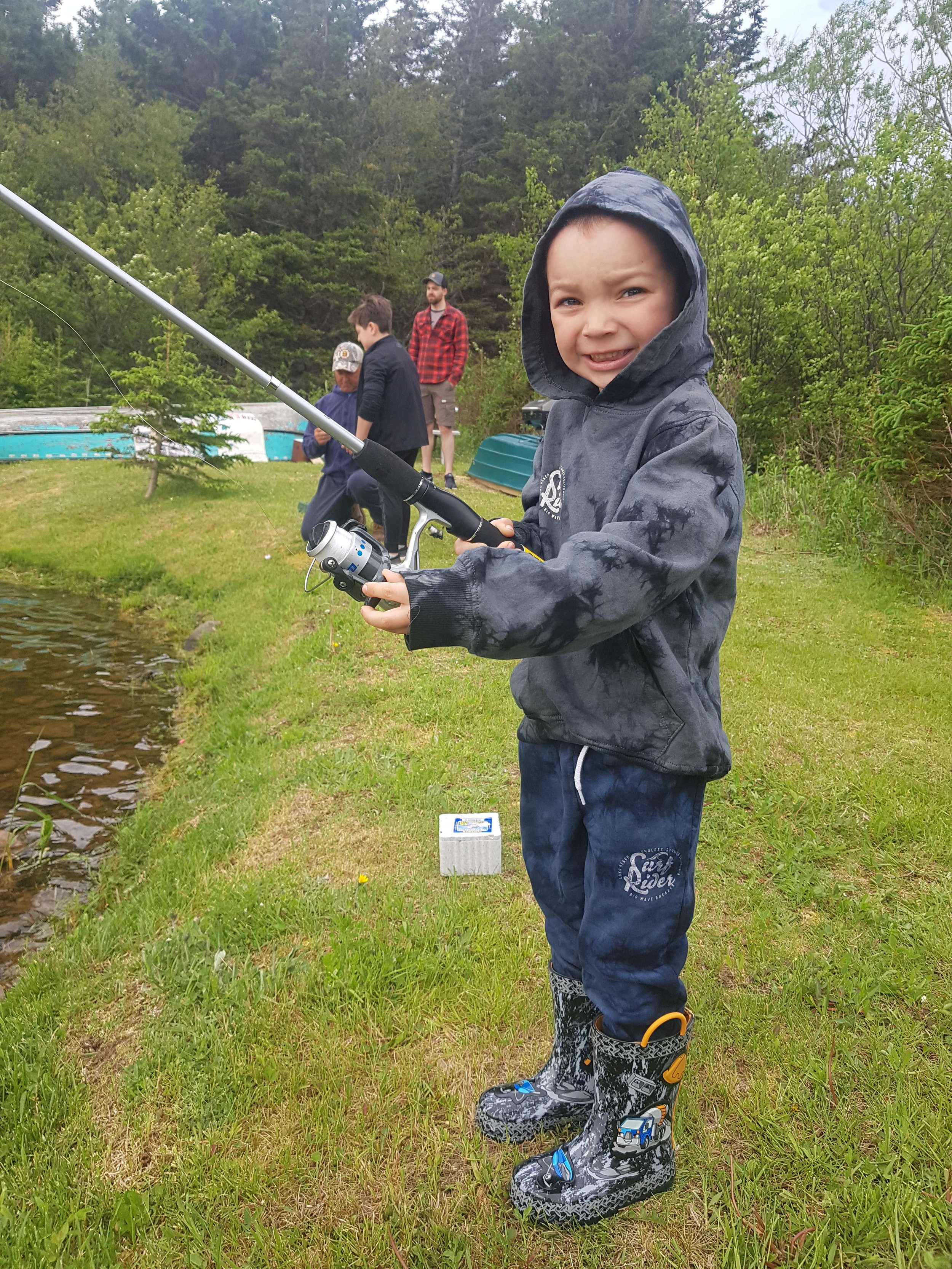This year’s project follows right on the heels of a five-year instream habitat restoration project completed last year by the CRSA and CBHNP. This multi-year project focused on improving fish passage through unnaturally and critically overwidened sites on the lower Cheticamp River by installing instream structures designed to encourage the river to gradually narrow and deepen. While the river continues to respond and adjust to the instream work, this year’s data collection efforts help to fill in important knowledge gaps and will help inform future management plans for the Cheticamp River watershed.
The CRSA’s work this summer was possible thanks to not only a continued partnership with Parks Canada, but also funding and support from the Atlantic Salmon Conservation Foundation, the Nova Scotia Salmon Association’s NSLC Adopt-a-Stream Program, and Sage Environmental Program. The Clean Foundation, Service Canada’s Canada Summer Jobs Program, and the Federal Government’s Young Canada Works Program also helped with funding for the CRSA’s student summer work crew – the hard-working young people that helped with much of the data collection.
Work may have wrapped up for the CRSA’s summer crew (the students have all returned to school), but the CRSA’s work is far from over. This fall is shaping up to be an especially busy one, with work to include more habitat assessments and surveying, retrieval of temperature loggers and data analysis, report writing, and a fall redd count (a redd is a nest where salmon lay their eggs).
Stay tuned for more project results and updates through the fall.
0 LikesShare
